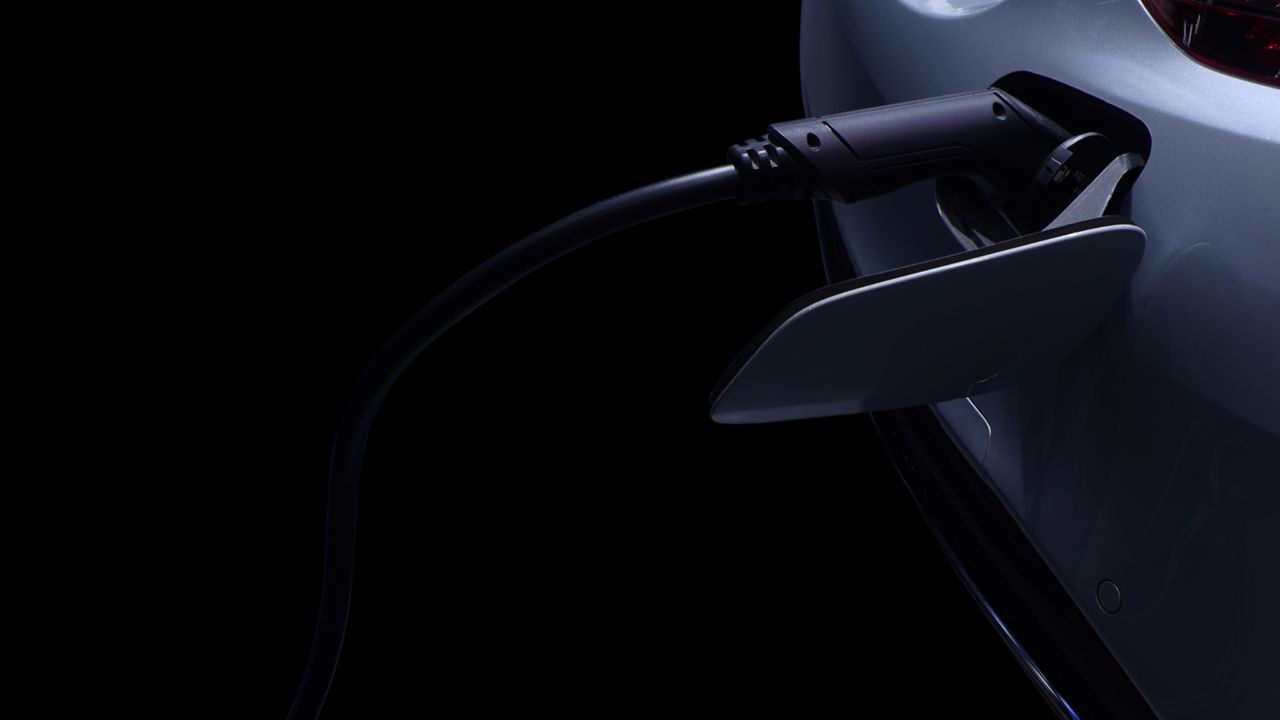Types of Electric Vehicles (EVs): Battery Electric Vehicles (BEVs) vs. Plug-in Hybrid Electric Vehicles (PHEVs)
As the world moves towards a greener future, vehicle electrification has become a hot topic. With advancements in technology, electric vehicles (EVs) have gained popularity as a sustainable alternative to traditional gasoline-powered cars. There are two main types of EVs: Battery Electric Vehicles (BEVs) and Plug-in Hybrid Electric Vehicles (PHEVs). In this article, we will explore the differences between these two types of electric vehicles.
Battery Electric Vehicles (BEVs)
BEVs, as the name suggests, are powered solely by electricity stored in a battery. These vehicles do not have an internal combustion engine and produce zero tailpipe emissions. BEVs are charged by plugging them into an electric power source, such as a charging station or a wall outlet. The electricity is stored in a large battery pack, which powers an electric motor that drives the vehicle.
One of the key advantages of BEVs is their environmental friendliness. Since they run purely on electricity, they do not contribute to air pollution and help reduce greenhouse gas emissions. Additionally, BEVs are generally quieter and smoother to drive compared to traditional gasoline-powered cars.
However, there are a few limitations to consider when it comes to BEVs. The main concern is their limited driving range. While battery technology has improved significantly in recent years, most BEVs still have a lower range compared to conventional cars. This means that long-distance travel may require careful planning and access to charging infrastructure along the route.
Plug-in Hybrid Electric Vehicles (PHEVs)
PHEVs, on the other hand, combine the benefits of both electric and gasoline-powered vehicles. These vehicles have both an electric motor and an internal combustion engine. PHEVs can be charged by plugging them into an electric power source, similar to BEVs, but they also have a gasoline tank that allows them to run on conventional fuel when the electric charge is depleted.
The advantage of PHEVs is their flexibility. They offer a longer driving range compared to BEVs, as the internal combustion engine can provide additional power when needed. This makes PHEVs a suitable option for those who frequently travel long distances or do not have easy access to charging infrastructure.
Another benefit of PHEVs is their ability to reduce fuel consumption and emissions. While they still rely on gasoline, the electric motor helps to improve fuel efficiency and lower carbon emissions during shorter trips or in stop-and-go traffic.
Conclusion
Both BEVs and PHEVs play a crucial role in the transition towards a more sustainable transportation system. BEVs offer zero-emission driving and are ideal for shorter commutes and urban areas with well-established charging infrastructure. On the other hand, PHEVs provide a longer driving range and the flexibility to rely on gasoline when needed, making them suitable for those who require more versatility in their daily driving habits.
Ultimately, the choice between a BEV and a PHEV depends on individual needs and preferences. As technology continues to advance, we can expect further improvements in battery capacity and charging infrastructure, making electric vehicles an even more viable option for a wider range of drivers.
